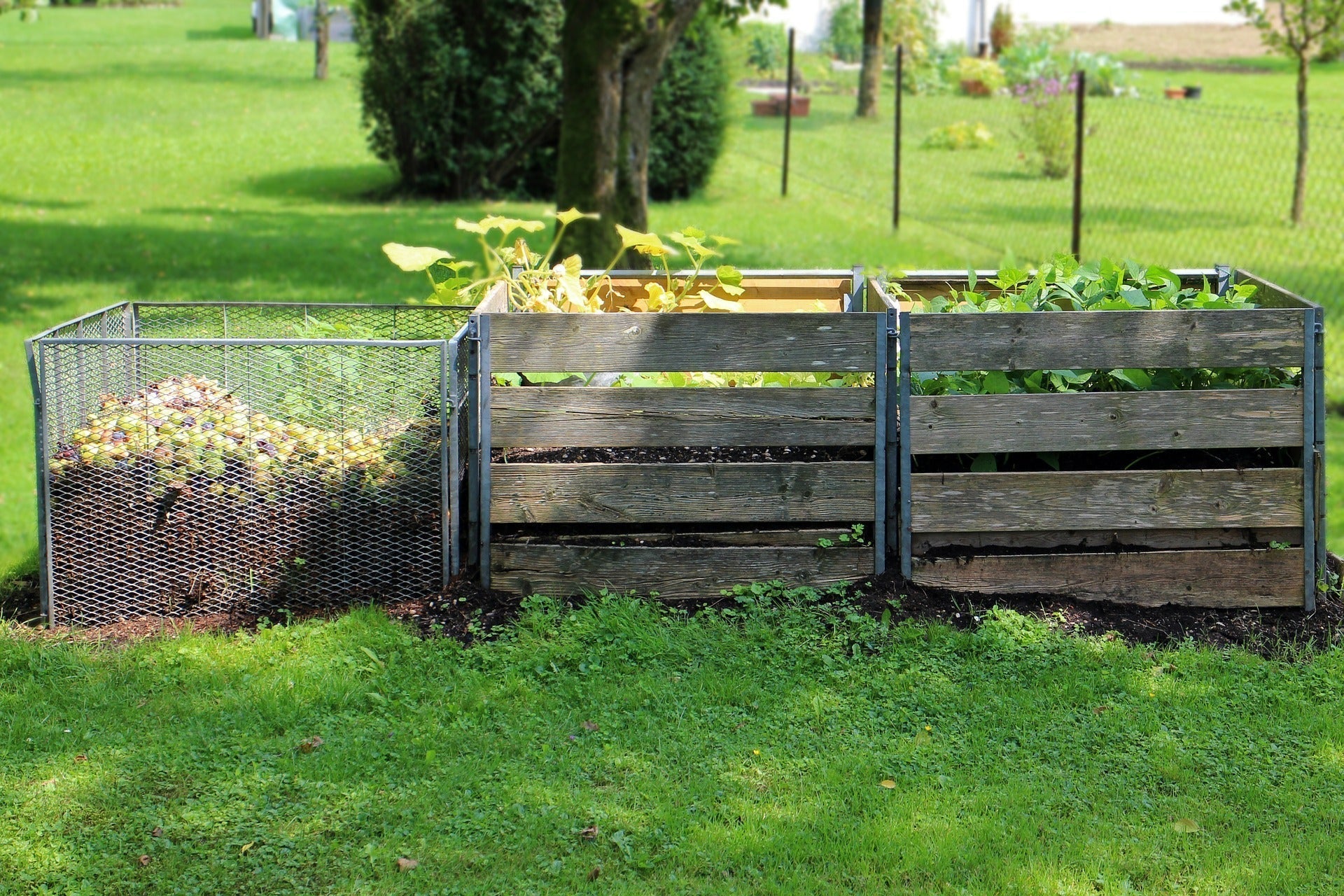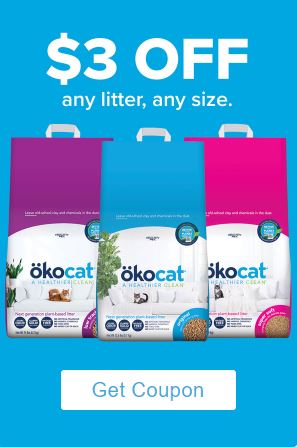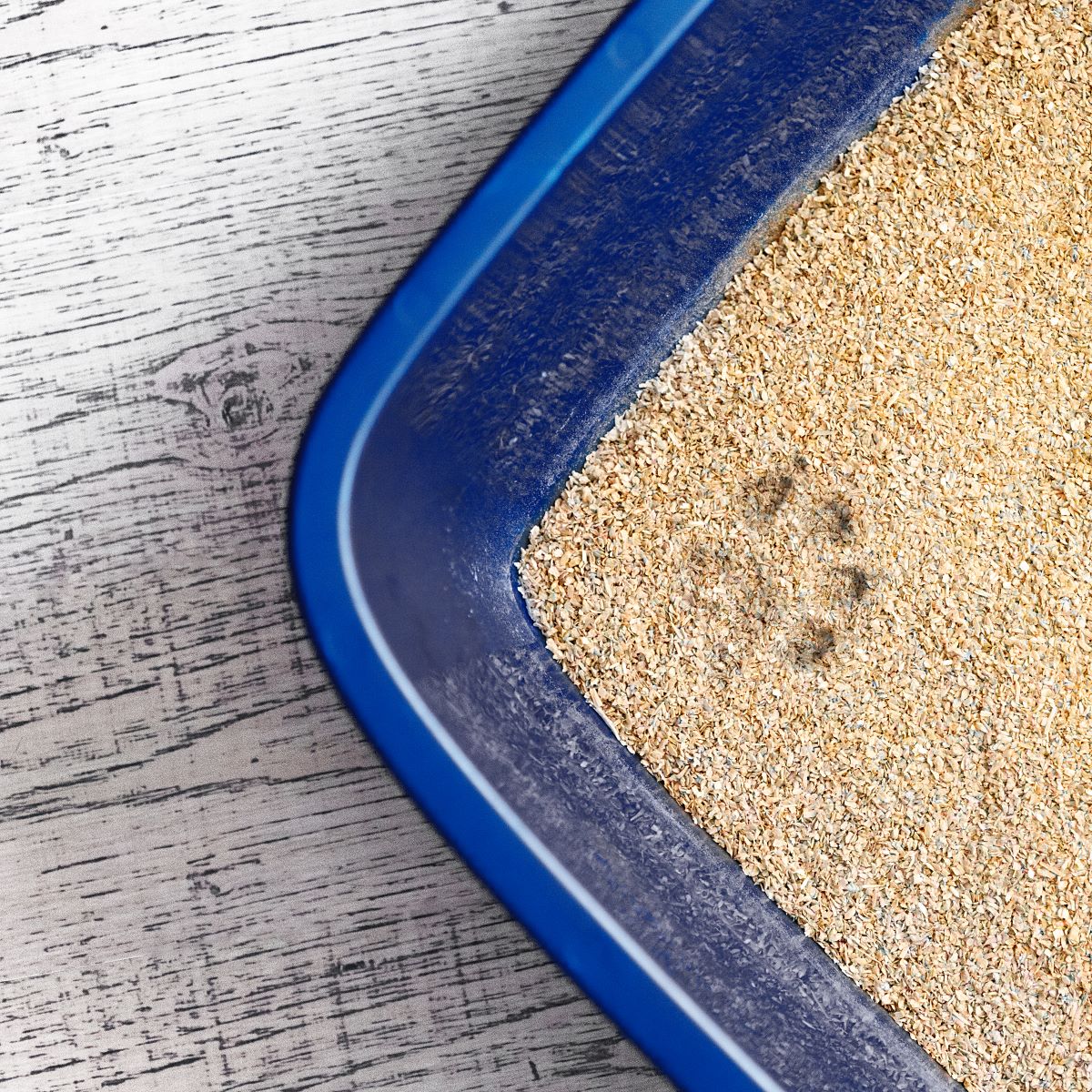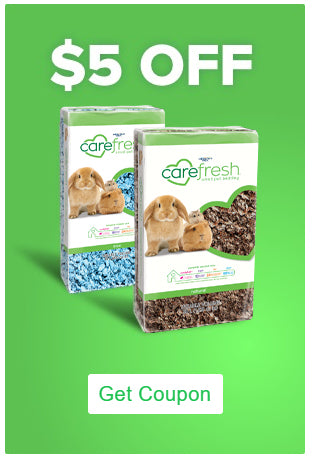
Zero-Waste Pet Care: Composting and Other Sustainable Tips for Pet Owners
Are you looking for ways to make your pet care routine more eco-friendly?
With more pet owners recognizing how unsustainable traditional pet care practices are, the movement toward more eco-friendly alternatives is growing fast. From sustainable packaging in pet food to biodegradable waste bags, zero-waste pet care can help us minimize our environmental footprint.
Without further ado, let's explore 6 sustainable pet care practices you can start implementing starting today.
What is Zero-Waste Pet Care?
Zero-waste pet care is all about making thoughtful, sustainable choices in how we look after our pets. Just like our own lifestyle choices can impact the environment, so can the way we care for our furry friends.
For example, did you know that pet waste alone contributes 8-12% of all residential waste? And with over 49 million dogs and 42 million cats in the US alone, traditional pet care habits have a bigger impact on the planet than we might think.
Switching to a zero-waste approach also comes with added benefits like:
- Reduce unnecessary clutter in your household
- Save money in the long run
- Choose healthier food options for your pet
- Create a cleaner, greener future for everyone, pets included
6 Ways to Reduce Pet Waste
Reducing pet waste doesn’t require a total lifestyle overhaul—just a few small shifts in daily habits can make a big difference.
Let’s dive in deeper:
1. Sustainable Pet Food Choices
When it comes to reducing your pet’s environmental impact, one of the most effective steps you can take is to rethink their food.
Homemade Pet Food
Making your pet’s food at home means you know exactly what your pet is eating.
The extra advantage?
You eliminate excess packaging as the food you prepare goes straight from the stovetop to your pet's bowl.
You can use fresh, locally sourced produce, which supports nearby farmers and reduces carbon emissions associated with food transport. Plus, homemade pet food can be tailored to your pet's unique taste and dietary needs—just remember to consult with your vet to make sure you’re meeting all your pet’s nutritional requirements.
If you're looking for inspiration, there are tons of dog and cat meal prep ideas you can try, from nutritious cooked meats to low-calorie veggie snacks.
Zero-Waste Pet Treats
Store-bought treats can be convenient, but they’re often wrapped in single-use plastic and may contain preservatives.
The better alternative? Homemade treats that leave no waste behind.
For dogs, you can try dehydrating sweet potato slices or freezing blueberries and small apple slices. Cats, on the other hand, enjoy small pieces of cooked chicken or tuna.
These easy-to-get treats are not only healthier but also cost-effective and eco-friendly.
Bulk Purchasing of Pet Food
If making homemade pet food isn’t feasible, buying in bulk can be a practical and sustainable alternative. Bulk purchases reduce packaging waste and can save money over time. However, you should also think about your food waste management strategy - make sure you buy only what your pet can consume within a specific period to avoid ending up with excess food that may expire.
Tips:
- Bring along reusable containers to fill up on dry pet food at stores that offer bulk options.
- When choosing a brand, look for eco-conscious options like Open Farm, Tender & True, and The Honest Kitchen.
- Always check if the products you buy are not only sustainable but also safe by ensuring the brand has a strong reputation and no recent cat or dog food recalls.
2. Composting Pet Waste
Composting pet waste is a great step toward a zero-waste lifestyle, but it requires careful handling.
While composting dog waste is possible under controlled conditions, you should not use this compost in gardens meant for growing food, as it can contain pathogens. Cat waste, on the other hand, is generally not recommended for composting due to the risk of toxoplasmosis and other parasites.
If you decide to compost your pet's waste, you can set up a dedicated composting system to avoid contamination. Alternatively, you can buy a dedicated composting bin, which is designed to handle pet waste safely.
Note of caution: Composting pet waste requires strict attention to safety. For example, the composting process needs to reach high temperatures to kill harmful pathogens. Proper aeration and maintenance are also necessary to prevent bacterial growth and odor issues.
If composting on your own is not an option, you can inquire if there are any pet waste composting services near you. This way, you can easily delegate the whole process to the professionals.
3. Eco-Friendly Pet Accessories
When it comes to caring for our pets, every choice can make a difference—including the accessories we buy.
Here are a few things you can do:
Toys Made from Sustainable Materials
If your pet loves toys, why not make playtime a little greener?
Look for toys made from natural, sustainable materials like hemp, organic cotton, or recycled fibers. Many brands now offer eco-friendly toys that are durable, safe, and free from harmful chemicals.
Feeling crafty?
DIY pet toys are a fun and budget-friendly way to keep your pet entertained while reducing waste. For example, old T-shirts can be braided into tug ropes, cardboard tubes can become endless hours of cat entertainment, and even a knotted sock can make a great DIY chew toy!
Bedding Options
A comfortable bed is essential for any pet, but it’s also an opportunity to choose something sustainable. Pet beds from recycled plastic bottles or repurposed fabrics, for instance, are a more eco-conscious choice. Or you can look for beds that use organic or natural fibers (like cotton or wool), which are biodegradable and gentle on the environment.
Investing in a high-quality, durable bed is another way to keep things zero-waste. Instead of replacing worn-out beds frequently, a long-lasting, washable bed can give your pet a cozy spot for years while saving you money in the long run.
Sustainable Grooming Supplies
Grooming doesn’t have to involve plastic brushes and disposable combs. Instead, you can use products made from sustainable materials like bamboo or recycled plastic.
When it comes to shampoos and conditioners, aim for natural, biodegradable options that are free from harsh chemicals. These eco-friendly formulas (with ingredients like oatmeal, aloe, and coconut oil) are not only better for the environment, but they’re often gentler on your pet’s skin and fur, too.
4. Waste Management Solutions
Managing pet waste responsibly is an essential part of a zero-waste pet care routine. Here’s how to keep waste management green and sustainable.
Biodegradable Waste Bags
Did you know that about 415 billion dog poop bags are used annually?
With so much plastic waste ending up in landfills, switching to biodegradable bags can make a huge difference. Such bags decompose more quickly and don’t release microplastics into the environment. When shopping for eco-friendly alternatives, look out for brands marked with the BPI (Biodegradable Products Institute) certification.
Note: Avoid disposing of compostable bags in plastic-lined trash bins, as they won’t provide the right environment for the bags to break down fully. If your local waste facility has an industrial composting option, it's best to deposit them there.
Eco-Friendly Litter Options
A lot of the traditional clay cat litter is mined in environmentally destructive ways and contains chemicals that don’t break down easily.
To avoid these, you can opt for recycled paper litter, which is soft, absorbent, and biodegradable, or wood-based litter such as okocat, which provide a natural scent and effective odor control. These eco-friendly alternatives decompose naturally, are typically free from harmful chemicals, and often produce less dust, which is better for your cat’s health, too.
DIY Litter from Shredded Newspaper
For a truly zero-waste option, you can try to make your own litter from shredded newspaper. Just follow these steps:
- Shred old newspapers into small strips.
- Soak the shredded paper in warm water with a bit of biodegradable dish soap. This softens the paper and removes some of the ink.
- Drain and rinse the paper thoroughly, squeezing out excess water to leave it damp but not soaking.
- Sprinkle baking soda over the paper for added odor control.
- Allow the paper to dry completely before using it as litter.
5. Sustainable Pet Grooming Practices
Besides using sustainable pet care products, there are a few other ways in which you can contribute to more sustainable pet grooming habits, including:
- Water Conservation: When bathing your pet, try using a bucket or a handheld showerhead instead of running water the entire time. This can save gallons of water per bath, making grooming both eco-friendly and efficient. Another tip: give your pet a quick rinse outside when the weather allows, which keeps things low-impact and fun for your pet, too!
- Waste Reduction: Did you know that pet fur can have a second life? Some organizations collect pet fur for environmental projects, such as oil spill cleanups, where it’s used to absorb pollutants. So, next time you brush your pet, consider saving and donating their fur to give it an eco-friendly purpose.
6. Supporting Sustainable Pet Services
Choosing sustainable services for your pet can contribute to your zero-waste efforts and support eco-friendly businesses. For example, you can consider:
- Eco-friendly veterinarians: Some vet clinics are now adopting green practices to reduce their environmental footprint. Look for clinics that use digital records instead of paper, reducing waste and saving resources. Other eco-friendly initiatives include energy-efficient lighting, recycling programs, and even solar-powered facilities.
- Sustainable pet sitters: Choosing a pet sitter who shares your commitment to the environment ensures that your pet’s care stays green, even when you’re not home. Sustainable sitters might bring biodegradable waste bags, use natural cleaning products, or even compost pet waste where possible.
Conclusion
Integrating zero-waste practices into pet care can reduce your pet’s environmental impact while improving their quality of life. And remember: small changes in feeding, grooming, and waste management add up to a big difference for the planet.
So, what are you waiting for? Start implementing these strategies today and share your journey to inspire others to go green with their pet care routines.











 email us
email us